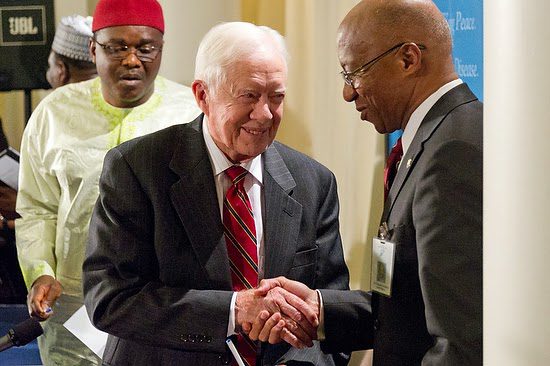Stage One: “Literal” Snapshot – making photographs to describe what you see.

Typical Snapshot
A snapshot is popularly defined as a photograph that is “shot” spontaneously and quickly, often without artistic or journalistic intent. Snapshots are commonly considered technically “imperfect” or amateurish, out of focus, poorly framed, or composed.

We all start with the literal snapshot and often revisit this Photography stage. These literal snapshots are primarily taken for the photographer. These photos are “memory joggers.” They help you remember the moment.


Believe it or not, many “professional” photographers never move beyond this point. Since the bride and groom were there with the photographer, the literal snapshots are also like “memory joggers” for them.
Another place I see this is my church. After a team returns from their mission trip, they show their photos. The group laughs because they get the “inside joke.” While not always a joke, it is another memory jogger and not an image that communicates to the audience.
When a photographer realizes that other photographers are getting better-looking photos than they do, they often move to stage two.
Stage Two: “Artistic” Snapshot – making aesthetically pleasing pictures that enhance what you saw

In this stage, the photographer is aware of visual composition, exposure, and how to control the depth of field, freeze a subject, or blur the background.
This is where a photographer thinks about being sure the subject is well-composed.Not everyone can see the difference in their photos to get to stage two, but believe me; most everyone can see the difference between a “literal snapshot” and an “artistic snapshot.”
I have written about composition, lighting, and framing in previous newsletters, so I encourage you to review those articles.
Stage Three: “Expressive” Images – images made for public rather than private meanings. Like all art, expressive photography offers universal, often symbolic, statements.
Ansel Adams said it best, “There are always two people in every picture: the photographer and the viewer.” Once you realize this and want the audience to feel about the subject as you do, you want to move beyond just the “rules of composition.”

Expressive Photography interprets, rather than describes, what we see to others.
There are three aspects to Expressive Photography; see the diagram. All three must be present for the photo to be more than an “artistic snapshot.”

| A subject close to the camera and her room around her. Light off to the right, lighting her to draw more emphasis on her. |
Abstraction removes literal, descriptive clutter, hones an image’s essence, and encourages unlimited thinking. This might be the difference between listening to music with no words in the tune and with words in the song.
Your mind is free to explore your thoughts. However, if the music has words, it is less abstract, even if it is not sung. For example, hearing Amazing Grace played even without words will give a more literal thought and, therefore, is not as unlimited as abstract music.
If the photo moves too far into abstraction, then the other parts of the triangle weaken and become just an “artistic snapshot.”
Tension presents elements that seem at odds with their context and creates contrasts and juxtapositions that stimulate emotions and the imagination. This is where the photographer helps create a mood within the photo. They may use composition, lighting, and exposure, or in combination, to help move the image beyond just documenting the moment to an interpretation of the moment. Underexpose a little, and you create darkness or gloom. Expose, and you may generate lightness and lighten the mood.

Human values convey the emotions, beliefs, traditions, and knowledge we understand and share. Genuine smiles communicate across all language barriers, just as frowns and anger will. We often say this is one of the most critical factors of the portrait. So, what are the three most important things about a picture?—1) Expression, 2) Expression, and 3) Expression.
To make expressive photos, you must first ask yourself what you want to express through your image(s). For example, how do you feel about your subject? I like to boil this down to “Why?” Why should anyone in your audience care about what you want them to see? Journalists are trained to ask Who, What, where, when, how, and why. However, in my opinion, the story’s hook often rests on the why. Your audience will not know if you don’t mind asking yourself why you are making this photograph. I would love for you to comment on which of the photos above are your favorite and why. Do any of them work as “Expressive” images?









